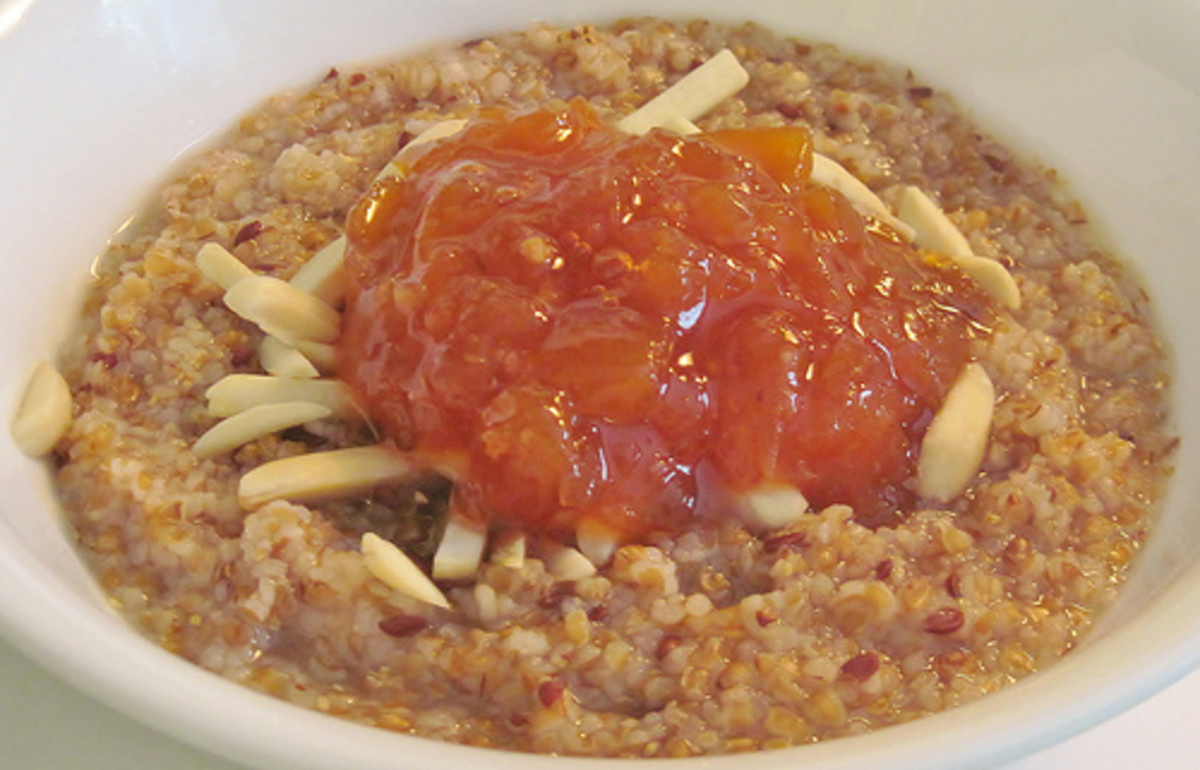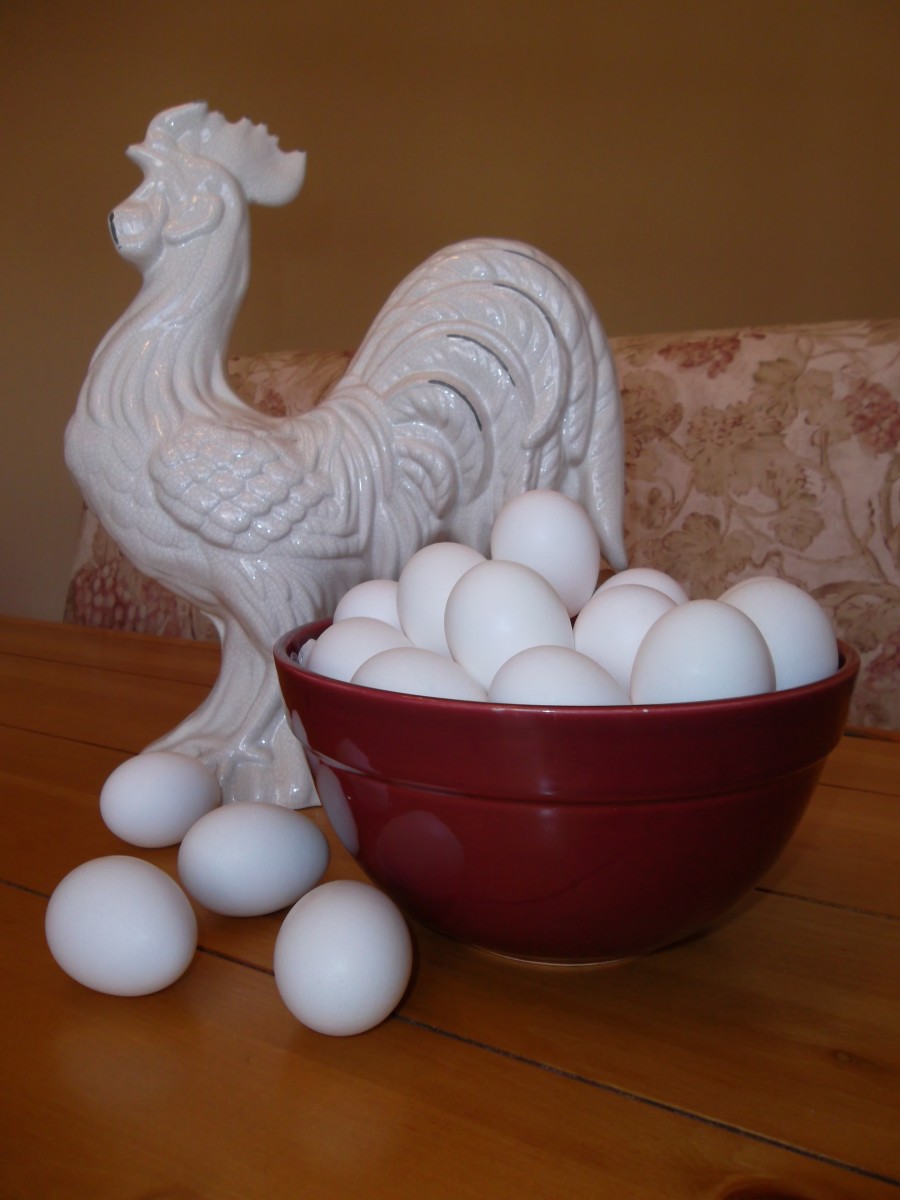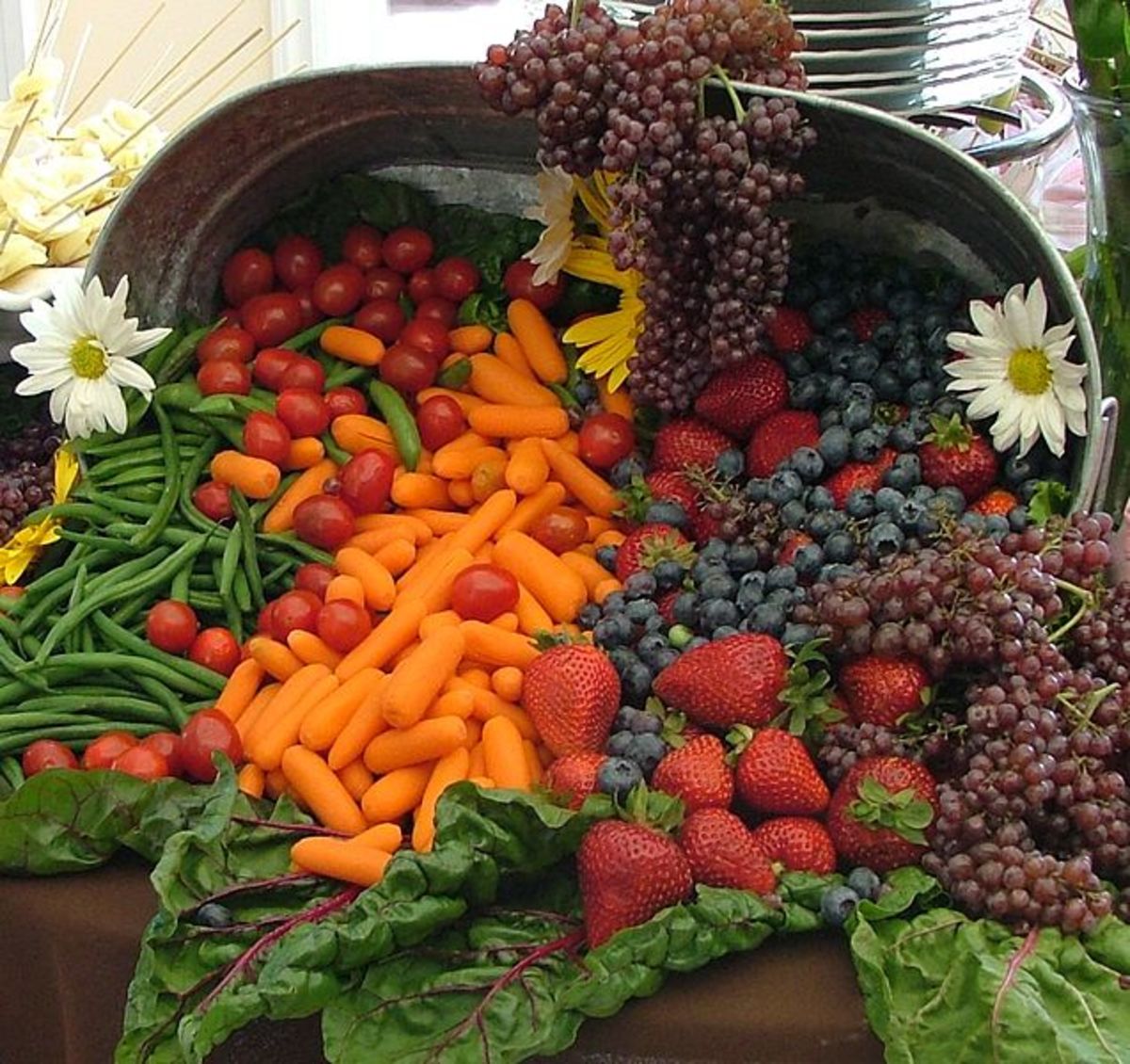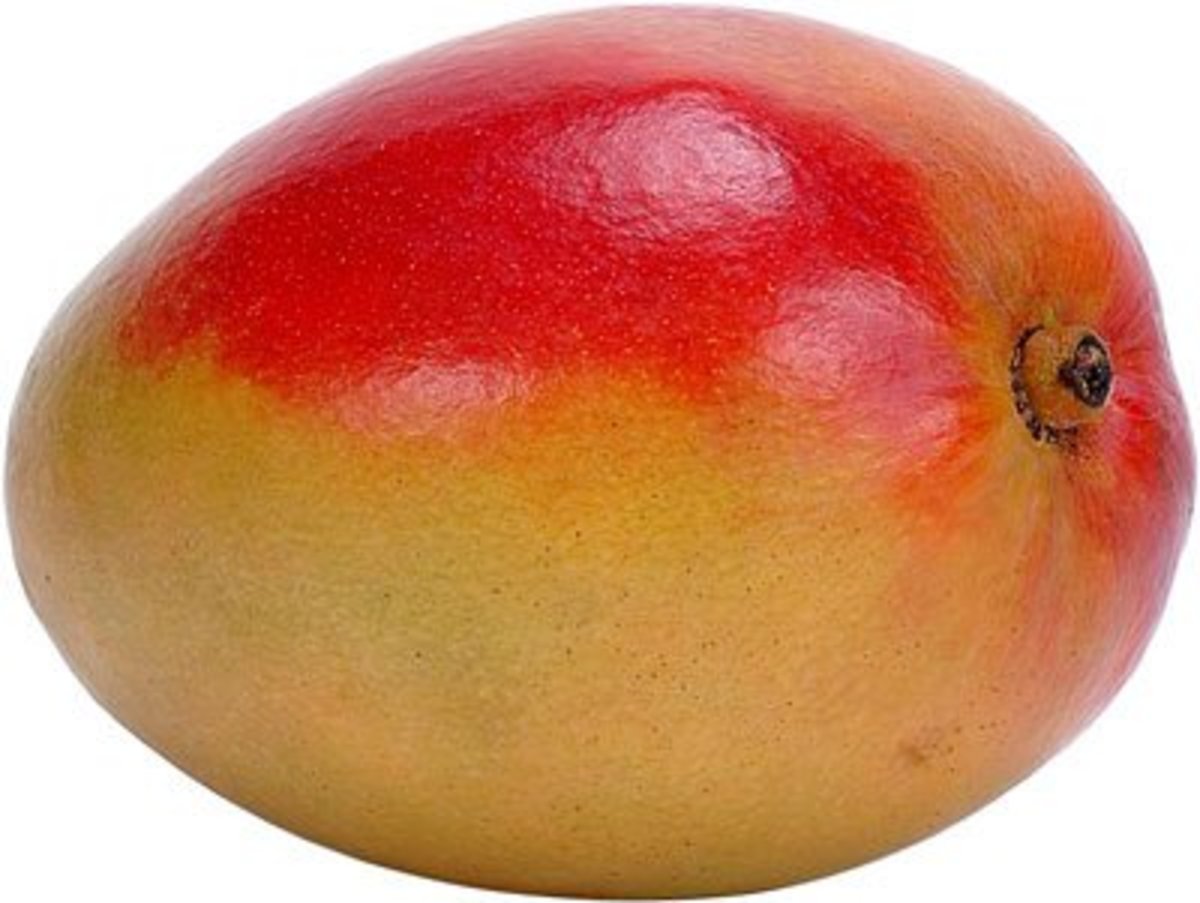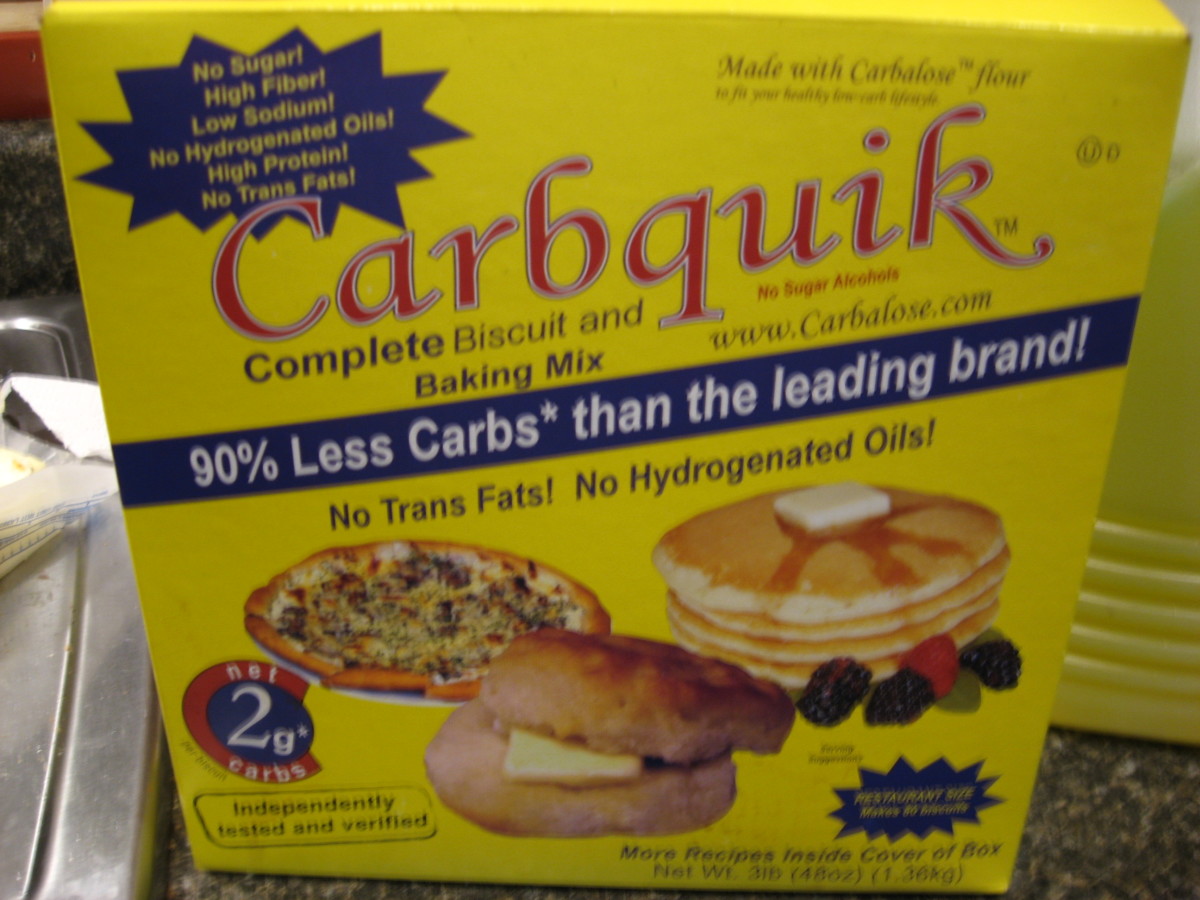Nut Free Vegan Diet - Balancing a Diet with Protein
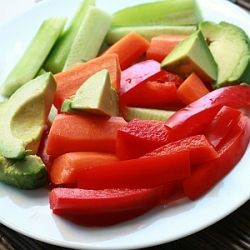
Vegans Allergic to Nuts - A Balanced Diet
A balanced vegan diet brings with it great health benefits. While initially, planning and forethought are required to maintain proper nutrition, this lifestyle eventually becomes second-nature.
When a vegan has a nut allergy, it eliminates a few good sources of protein from the already restricted options. However, this does not mean that it cannot be done. In fact, there are numerous healthy options sources of proteins, complete and complementary, that are available. To begin, let's take a look at some protein intake guidelines. Once you know what you should be eating, it makes it easier to plan, shop, cook, eat and maintain a good health.
Daily Protein Intakes
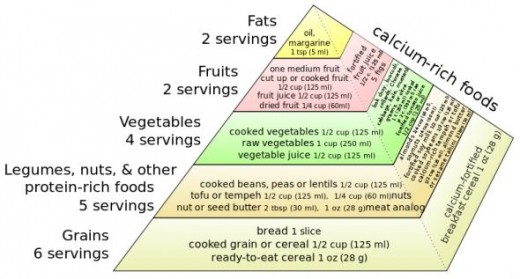
The human body is a remarkable machine that requires proper maintenance and nutrition in order to continue functioning efficiently. At the heart of nutrition is protein. Protein is made up of amino acids. These building blocks are the foundation of every part of our body. Growth is not possible in the absence of proteins, so meeting the daily intake requirements is essential. For energy, rebuilding cells, including hair, bones, blood, muscles and organs, protein via amino acids is vital.
Amino acids combine to make a protein. The number of amino acids that a single food item contains determines whether or not it is a complete protein or a complementary food. For a food to be considered a complete source of protein, it must contain 8 of the amino acids needed to build a protein. Our body needs 23 amino-acids to function properly, and it can synthesize 16 of these. Actually the adults can synthesize 16 and the children only 15. In other words, there are 8 proteins that we cannot synthesize and we must get them from food. Furthermore, a good balance between these 8, (or 9), proteins is key for a good development of children, and a healthy life of an adult. For a more detailed document on amino-acids and proteins, check this page.
How much protein is required for healthy adults?
- Men: A healthy 40 year old male should take in on average 56 grams of protein per day.
- Women: A 40 year old, healthy woman needs about 46 grams of protein each day.
For any vegan or vegetarian, eating nuts is one of the easiest ways to get a good load of protein. Basically, if you can make yourself a peanut-butter jelly sandwich you have pretty much covered a lot of your protein needs. However, for a nut allergic peanuts are not an option.
Fortunately there are plenty of other healthy options, I will enumerate the best foods to replace the nuts as a protein source. Unfortunately, there are only a few people who have a healthy intake of proteins.
For a document with dietary guidelines check this link: http://www.health.gov/dietaryguidelines/dga2010/DietaryGuidelines2010.pdf.
Amino Acids Explained
Amaranth - A Complete Protein Source for Vegans - Amaranth Pilaf Recipe
Amaranth Pilaf Recipe
- Ingredients:
- 2 cups amaranth
- 2 small onions
- 2 medium tomatoes
- 1 large bell pepper
- 1 zucchini
- 2 tablespoons olive oil
- salt and pepper to taste
Instructions:
- Lightly toast the amaranth in a saucepan over low heat, while stirring continuously.
- Add the finely chopped onions, the salt, the oil, and the 5 cups of water and simmer for about 5 minutes.
- Add the minced bell pepper and boil for another 5 minutes.
- Finally add the shredded zucchini and the minced tomatoes and simmer for another 10 minutes or until cooked.
- If needed add a bit more water. You can also add hot paprika, if you like it more spicy.

What is your favorite vegan protein source?
Complete Protein Vegan Sources
Nut Free Sources of Complete Proteins for Vegans
What are some alternative sources for nut proteins that a vegan can eat? How can vegan foods be combined to form complete sources of protein?Of course nuts provide a great source of fats and proteins - both items essential to health. For those who have nut allergies, these benefits are obsolete. What can be used instead? First off, here are the complete proteins that every vegan (if not everyone) should add to their diets.
- Quinoa - This complete food packs a big nutritional punch. It also happens to be versatile, gluten-free and delicious, so eat up!
- Amaranth
- Buckwheat
- Hemp seeds, (THC free)
- Chia seeds, ( Salvia hispanica)
- Soy - Found virtually everywhere, soy is packed with protein and essential amino acids. This complete food can be enjoyed as milk, tofu and tempeh and in many other forms.
- Spirulina - This blue-green algae is more of a supplement than a food, but it is a complete protein. Seeing as it is rich in both non-essential and essential amino acids, vitamins and minerals, it should be a part of a balanced diet.
- Bee Pollen is a source of complete protein, and a source of other great nutrients. Bee pollen can be taken as is, as a supplement, or added in smoothies, etc...
- Goji berries are a super-food, containing 18 amino-acids, which makes it a source of complete protein. Goji berries are delicious and are also a great source of vitamin C. They can be added to cereals, in smoothies, etc...
Organic Quinoa
Simple Quinoa Recipe
- Add 2 and 1/2 cups water and 1/2 teaspoon salt in a pan, and bring to boil.
- Add 2 small minced onions, and let it boil for 2-5 minutes. Boiling the onion more than the quinoa will make it disappear, but will give your quinoa a great taste.
- After boiling the onions you should have in the pan 2 cups of liquid or a bit more.
- Add one cup of quinoa to this liquid and boil for around 15 minutes, or until is done.
- Serve warm.
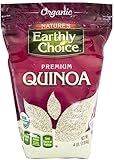
Vegan Protein Rich Foods
Complete proteins may not be plentiful, that does not mean that meeting the protein intake requirement is out of reach - far from it. Many plant based foods are great sources of amino acids but they are not complete sources. Adding into your diet a variety of these complementary foods can combine to give you the nutrients your body needs. Here are a few protein and good-for-you-fat foods that will round out the diet of a vegan who is allergic to nuts.
- Avocado - Assuming that one does not have an allergy to it, this food in high in omega-9 fatty acids, it is delicious too.
- Spinach - A cup of spinach has about 7 grams of protein, not to mention other vitamins and minerals.
- Sprouted grains and sprouted beans - These can include; alfalfa, mung bean, wheat, clover, adzuki, beans, and fenugreek
- Barley
- Lentils and other legumes
- Kale
- Peas
Some seeds are also exceptionally high in proteins and fats too. Here are a couple that are worth eating throughout the day:
- Pumpkin Seeds - A superstar in the seed world, there are about 9 grams of protein per ounce and they are high in Omega- 3s.
- Sunflower Seeds - Another protein packed seed with about 5.5 grams per ounce, these seeds are almost a complete food.
- Sesame Seeds - Eaten whole or as tahini, these are highly nutritional.
- Flaxseed
- Hemp Seed
Nutiva Organic Hempseed Shelled
Just take a spoon of hemp seeds daily. You can eat it as it is, or add it in salads. It tastes great and is very easy to digest.A great recipe is the Couscous Salad with A Twist, you just have to make a couscous salad and add the shelled hemp seeds at the end.

Vegan Complete Protein Combinations
Protein Combining for Nut Allergic Vegans
There are far more incomplete protein foods than complete foods. However, as aforementioned, foods can be combined to provide complete proteins. While making sure to have correct combinations at each meal is unnecessary, an idea of what goes with what can ensure a balanced, well thought out diet.
Nutritionists recommend eating a variety of foods, particularly proteins, as the day goes on to be sure you receive a complete array of amino acids.The amino acids in grains compliment those in legumes. Combining rice and beans or oat bran and soy milk, for example will give you a complete protein. Seeds and legumes are also complimentary. Hummus for example uses chickpeas and tahini, a delicious combo that gives you a complete protein.
Having a nut allergy does not mean you have to forgo your recommended daily intake of protein and fat. Healthy, great-tasting options are plentiful. With knowledge, forethought and planning, eating a balanced nutritional diet will be no problem.
While most vegan foods are not a complete source of protein, many foods can be combined to provide the proper amounts and kinds of amino acids needed for a complete protein intake.The protein can be stored in our body, so we don't have to eat complete protein meals every time. But it is very important to eat within a day or two from all food groups in order to make up the complete protein.There are three groups of food that combined will make up the complete protein.
- The first group contains the Legumes, (beans), and the vegetables, such as black beans, garbanzo beans, soybeans, asparagus, green beans, sweet potato, potato, cabbage, broccoli, squash, etc...
- The second group contains the nuts and seeds, but of course we will focus on the seeds only. The seeds can be pumpkin seeds, sesame seeds, sunflower seeds, flax seeds, etc...
- The third group is the grain group, with barley, wheat, corn, buckwheat, oats, etc...
Besides these three food groups, there is another group of vegetable super-foods that are sources of complete protein. The foods in this group are complete proteins, so they don't need to be combined with other foods. My personal favorites are:
- quinoa
- sorghum
- amaranth
- teff
- chia
While amaranth, quinoa, and teff are imported, sorghum is a grain that grows in Northern America, and it grows in various climates. That means you can get it locally in most of the country.
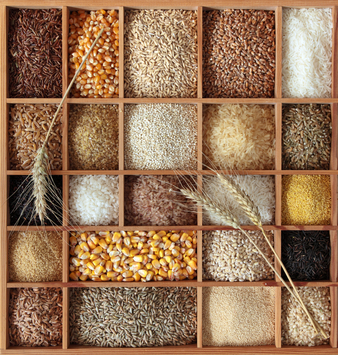
Super Grains
There are a lot of grains that are getting the culinary and medical world's attention, because of their fantastic nutritive value. We are only going to focus on one aspect though, the protein content, more specifically the essential amino acids.
Quinoa
Quinoa has been touted as a great source of complete protein, because it contains all of the essential amino acids in a great amount. It is indeed a great food, and a great replacement for meat in vegetarian diet plans. We cook fairly often quinoa because we love it, however it is not the best vegetable protein.
Chia seeds
Chia it is indeed a miracle grain, although with a fairly high content of all essential amino-acids, that is not why it is so prized. Chia is prized for its nutrients, trace minerals, for the high content in antioxidants, and the low calorie content.
Teff
Teff is indeed one of the grains with most content of protein. It contains two times more essential amino acids than Quinoa. 200 grams of uncooked teff grains will cover 85% of your protein needs. When we take in account the high mineral content, we realize that this is a miracle grain indeed. My favorite way to cook them is to make crackers.
Millet
I am not sure why millet is not as popular as quinoa, because it has a similar amino acids profile. Millet is also very tasty, and versatile in recipes. You can try it.
Sorghum
Sorghum is my favorite, probably because it grows in the Northern hemisphere, and it is such a hardy plant that can withstand the cold temperatures in Canada. I buy my sorghum locally at Maple Hill Urban Farm, but you can also find it on Amazon, if you want to try it. Sorghum has a fantastic protein profile, and it is actually better than quinoa, as a complete protein. It is also very versatile, you can use it in salads, with beans, in soups, etc... You can make a delicious tabouleh with it.
Amaranth
Amaranth is another miracle grain, loaded with proteins. Most of the grains, even the most complete protein ones, lack lysine, one of the essential amino acids. Amaranth contains 5% lysine, and 4.4% Sulfur-Containing Amino Acids, which makes it a great complement to any other grains.
Dried Beans
Dried beans are trivial, aren't they? However, you might include them in your list of must eat, because they contain a lot of lysine, an amino acid that is missing in most grains, even in super grains.
Buy Sorghum on Amazon

How to Cook Sorghum
Sorghum vs Quinoa
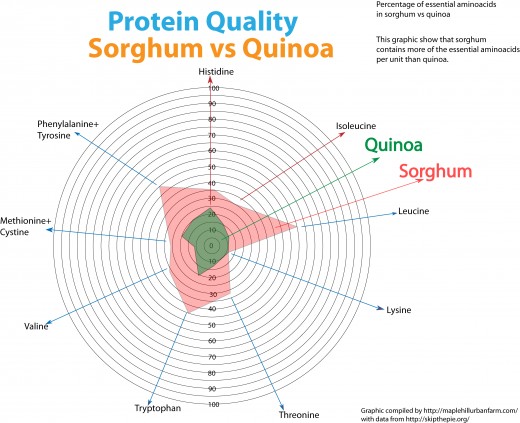
Chia Seeds - Chia Seeds, The Amazing Superfood
Chia Choco Pudding1 cup almond milk4 tablespoons chia seeds1 teaspoon cocoa powder1 teaspoon caroob powder1/4 teaspoon cinnamon1 tablespoon maple syrupMix all the ingredients together, and put it in the fridge. After one hour stir again.Serve next day.

Fat Intake In Your Food
There is an unhealthy trend to remove fat from diet as a way to control the weight. First of all, removing the fats from a diet will affect other aspect of the metabolism, like vitamin absorption. Secondly, we need fat for a healthy skin, for testosterone production, etc... The subject is too complex, and is not within the scope of this writing. Nuts are a very healthy source of oils, that a vegan allergic to nuts will have to replace with other sources. Fortunately, this is very easy, just about any non-nut bottled oil would do it.Here are some options for you:
- Seed oils - Just about any non-GMO seed oil has omega fats that are good for you and will help ensure you receive the fat needed to keep healthy.
- Olive Oil - Extra virgin olive oil is a great-tasting and healthy way to keep good fats in your diet.
- Flax oil - This particular seed oil is great for you. Just keep in mind that it is a 'delicate' oil and needs to be stored and used properly for best results.
- Coconut oil
- Sunflower oil




